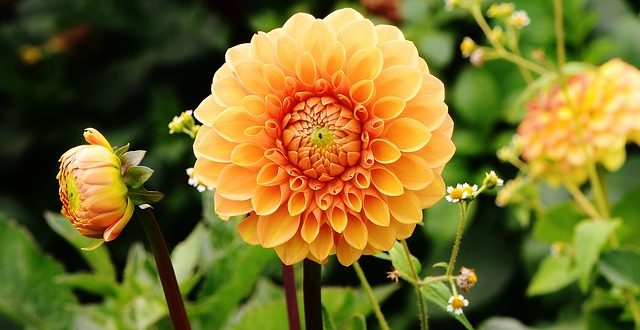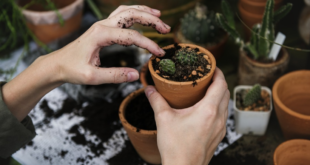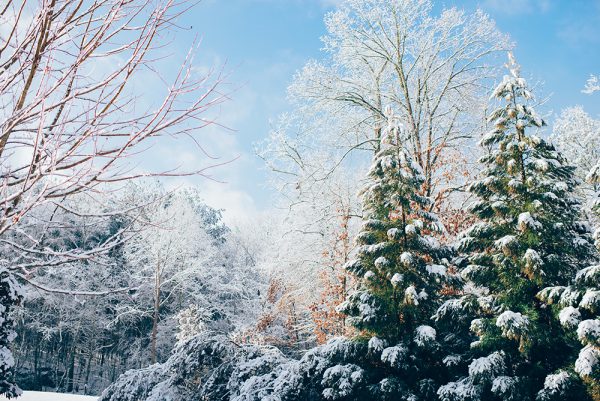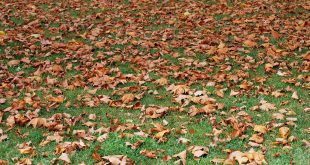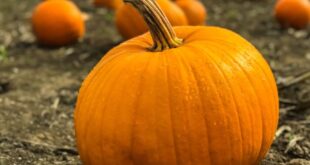Although the days are getting shorter, you can still enjoy September in the garden. There are though a number of jobs to do!
Borders
Now is a good time to take cuttings of perennials for next year. Trim back growth after flowering. Untidy and oversized herbaceous plants can be divided. Checks stakes on late flowering plants such as dahlias. New perennials can be planted whilst the soil is still warm.
Roses
Pruning roses seems to cause panic but if you take your time, it is easy enough. Start by cutting out all the dead wood, then open out the centre of the plant to remove any tangled or crossed over branches. This will allow air to circulate, reducing pest & disease problems. You should reduce the remaining stems by at least one third, by using a pair of good quality, sharp secateurs. Make a clean cut on an outward facing bud, located between the leaf axel and the stem of the plant.
Now remove those suckers! Pull the suckers off (rather than cut) from below ground. If you don’t bother to do this, your rose will ”revert”, and become a little wild and woolly and not what you originally bought from the garden centre! Finally, and this applies to all pruning, rake up and remove any old dead leaves to prevent the spread of diseases.
Shrubs and Trees
Think about pruning and cutting back the summer shrubs. There are very few plants you will actually kill by pruning – the worst-case scenario is an ugly shrub for a season or two!
Call in a tree expert if you are in any doubt. Aim to keep lateral branches evenly spaced. Remove inwards, crossing or rubbing growth. Don’t remove more than a quarter of a tree’s crown in one season.
Fruit
By September, Apples and pears are nearing the time for picking. An easy way to determine if the fruit is ready for picking is to try and gently twist the fruit. If ready, it should release from the tree with stalk intact. Try and resist pulling, as this can tend to ‘rip’ the fruit from the tree and can tear into the stem. Autumn raspberries should be ready to pick.
Vegetables
Tomatoes both greenhouse and outdoor will need to have all the lower leaves removed from around the fruit to aid ripening. Harvest any remaining potatoes before the slug get to them. Cover crops with bird proof netting if needed.
With the nights now beginning to draw in, check your greenhouse heaters and remove the shading. Take advantage of what is left of the sunshine as the intensity and heat is no longer there.
Lawns
Last but not least, September is the ideal month for sowing grass seed and laying turf. It allows the seed to germinate with a much-reduced risk of it drying out. Undertake this in the next few weeks – the sooner the better and there should be no adverse damage to the new grass. The same goes for turfing and also making repairs to the lawn where seeding isn’t practical. It is worth considering scarifying – this will remove the underlying thatch which built up during the season and give an ideal preparation for autumn topdressing (this needs to go down at the end of the month).
When putting a new bed into a lawn, it will need more work. First of all, you should kill the grass rather than just dig it out, you don’t want shoots coming up when you start to plant. Mark out the bed and spray it with a weed killer and then leave it until all the grass is dead. Then you can spread over some compost or manure, dig it in, leave it rough and let the elements take over for a couple of weeks.
 Gardeners Club The Gardeners Club is a free to join online club for everyone with an interest in gardening and gardens.
Gardeners Club The Gardeners Club is a free to join online club for everyone with an interest in gardening and gardens.
